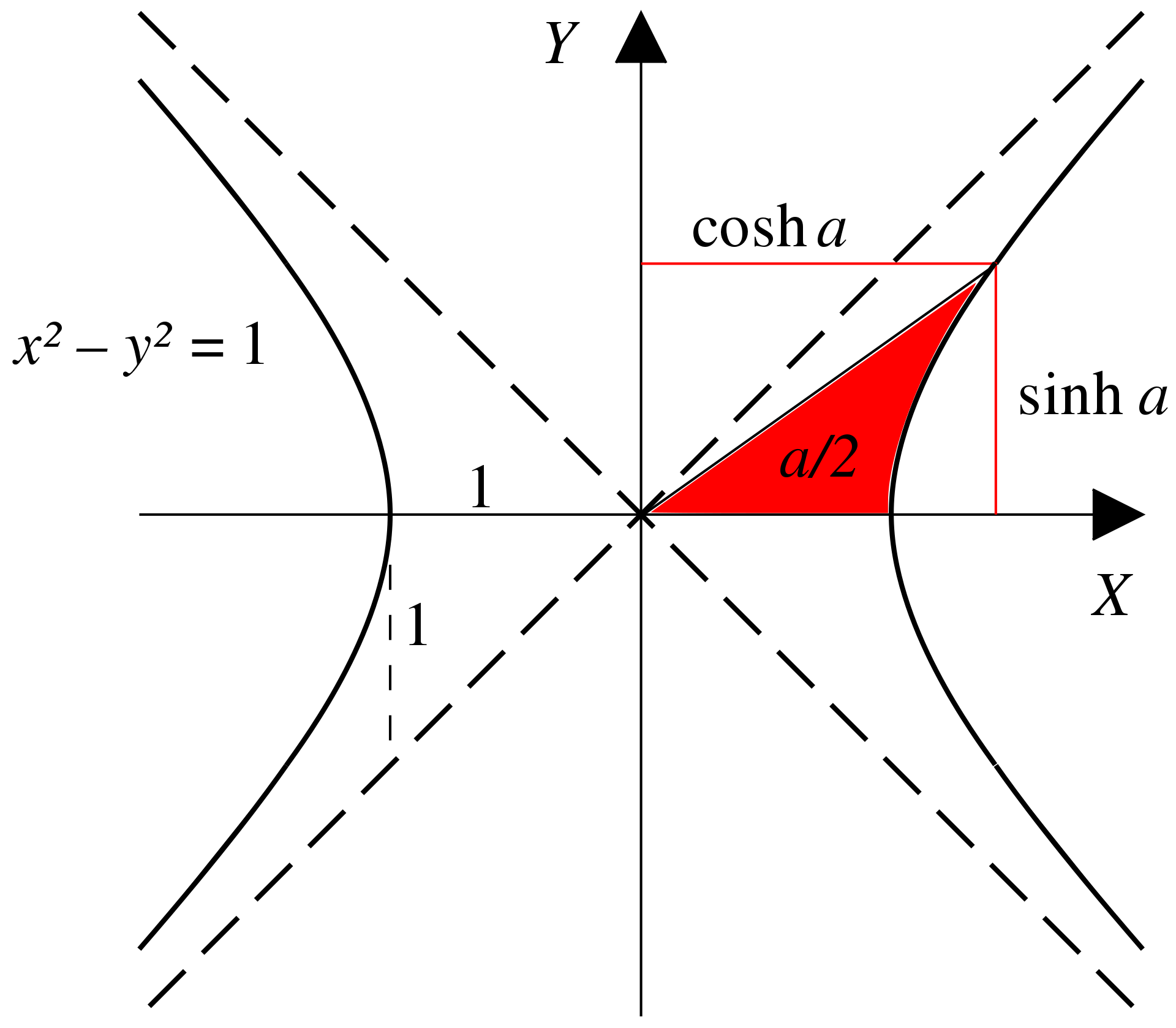E
e is a [TODO]
Probabilistic interpretation
Bernoulli trials
Suppose that something has a 1 in chance of occurring. After times, what is the probability that the event has not happened once? Each time, the probability that the event doesn't happen is , so the probability that the event doesn't happen times in a row is .
It turns out that this sequence is Cauchy [TODO], and is the inverse of its limit
Similarly, if something has a 1 in chance of occurring, then after times, what is the probability that the event has not happened once? For large it approaches some fixed value
The[TODO terminology] numerical value of e is useful to know, because if you're ever in a situation where you have to calculate one of these probabilities, it could be a major pain to multiply with itself times, if you had no access to a calculator. Instead, you could save yourself some work by looking up this number[TODO it's not a single number; it's a sequence of numbers] in a table that someone has already computed. [TODO I don't find this explanation very convincing.]
Central limit theorem [TODO]
Suppose you do experiments, where in each experiment you flip a coin 100 times and record the results. For , what fraction of the experiments resulted in heads landing precisely times?
For large, the answer is proportional to
Compounding interest interpretation [TODO yuck]
If you have your money in a bank account, where you make a rate of interest , which compounds times yearly, then after a year your bank account will contain
This example, though it's how e is introduced, is rather disconnected from reality. No bank actually offers this as an option. And even if they did, why would they fix the rate to be ? Why not some other rate? [TODO the answer, I think, is that if grows faster than then the limit will diverge, and if it grows slower than then the limit will be 1.]
Geometric interpretation

and are the and coordinates on a unit hyperbola, at the place where the ray subtending an area of intersects the hyperbola. (This description is not very clear; see the figure.) In this situation, is the simply sum of and coordinates.

























